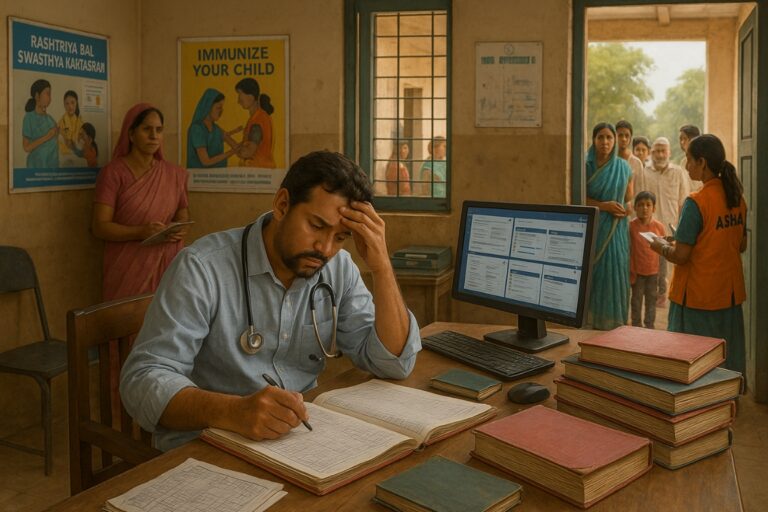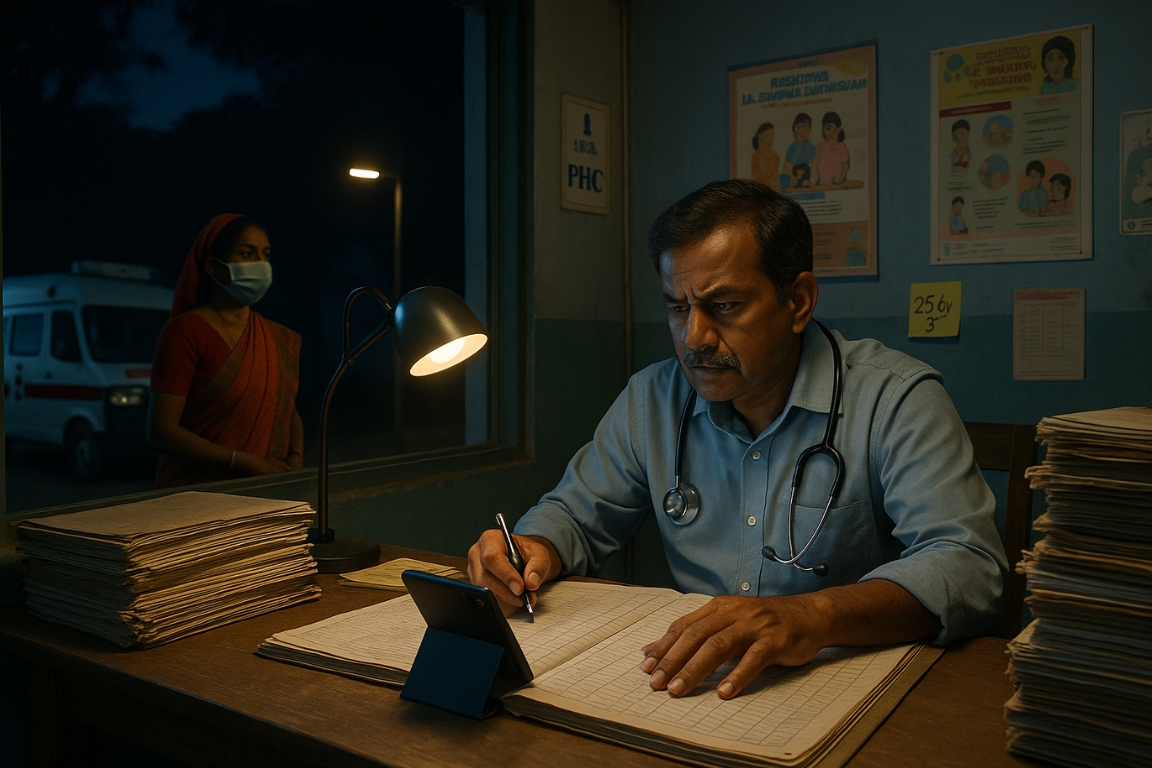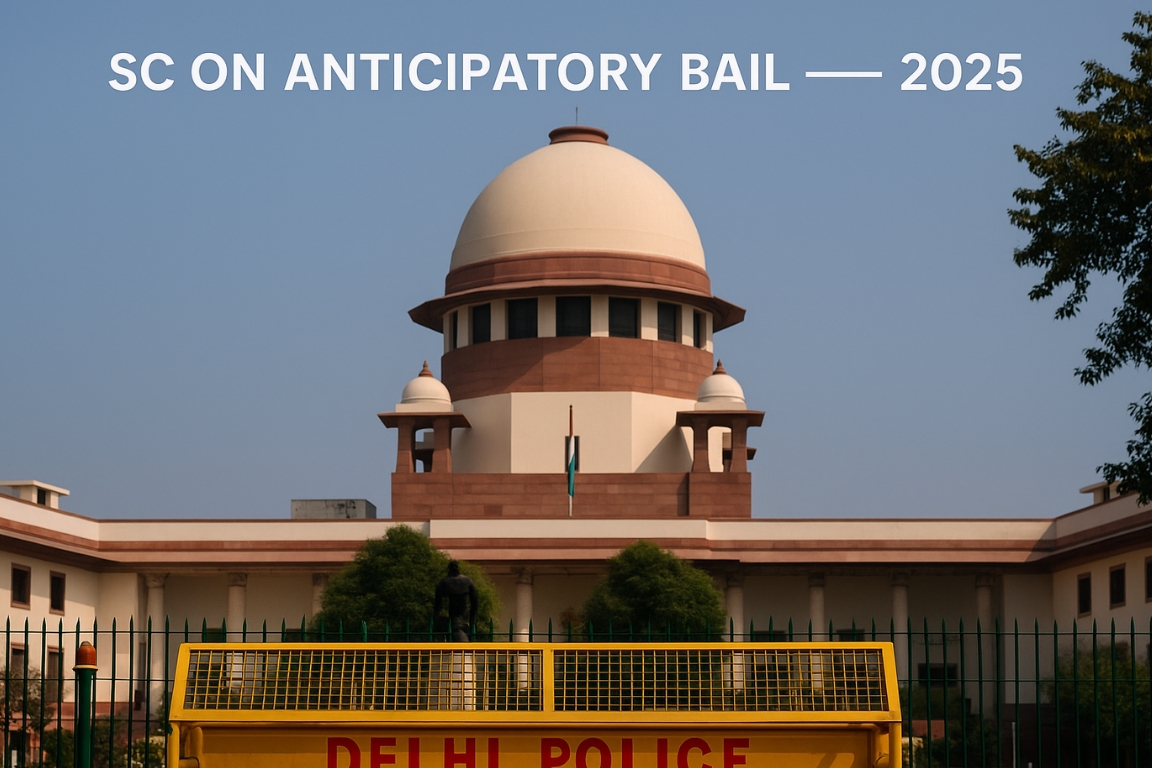Recent discussions in public health have highlighted the growing burden on Primary Health Centre (PHC) doctors, who form the backbone of rural health services.
Importance of PHC Doctors
- Frontline of rural health: They are often the only accessible medical professionals for people in villages and remote regions.
- Community link: Act as a bridge between health policies and grassroots needs.
- Population served: Each PHC caters to 30,000 people on average (20,000 in tribal/hilly areas, 50,000 in urban areas).
- Multiple roles: They serve not just as doctors, but also as health planners, coordinators, and programme managers.

Range of Responsibilities
- Conduct immunisation drives, school health programmes, disease surveillance, and outbreak response.
- Mentor ASHA, ANM, and other village health workers.
- Attend Gram Sabhas and inter-sectoral meetings to promote community health.
- Regular visits to Anganwadis and sub-centres for monitoring and support.
- Act as a link to national programmes like the Rashtriya Bal Swasthya Karyakram (RBSK).
Challenges Faced by PHC Doctors
- High Patient Load – Doctors handle around 100 outpatients daily, covering everything from routine care and emergencies to maternal and mental health.
- Diverse Medical Responsibilities – They must manage a wide range of conditions and continually update their knowledge across all medical fields.
- Administrative Pressure – Maintaining over 100 physical registers and entering data into multiple portals leads to duplication and extra workload.
- Stress and Burnout – Long working hours and late-night documentation cause emotional exhaustion, detachment, and low motivation, a common issue in low- and middle-income countries.
Way Forward
- Streamline documentation: Remove redundant registers; promote automation and meaningful record-keeping.
- Delegate non-clinical work: Use support staff for data entry and administrative tasks.
- Learn from global initiatives: Adopt models like the U.S. “25 by 5” campaign to cut documentation time drastically.
- Systemic reforms: Focus on support and facilitation, not just compliance and checklists.
- Invest in doctor well-being: Ensure adequate staffing, recognition, and work-life balance.
Conclusion
Primary health care is the foundation of Universal Health Coverage (SDG 3.8). India cannot achieve its health goals if PHC doctors remain overburdened and undervalued. Strengthening their well-being is not just about fairness, but about building a resilient healthcare system for all.





